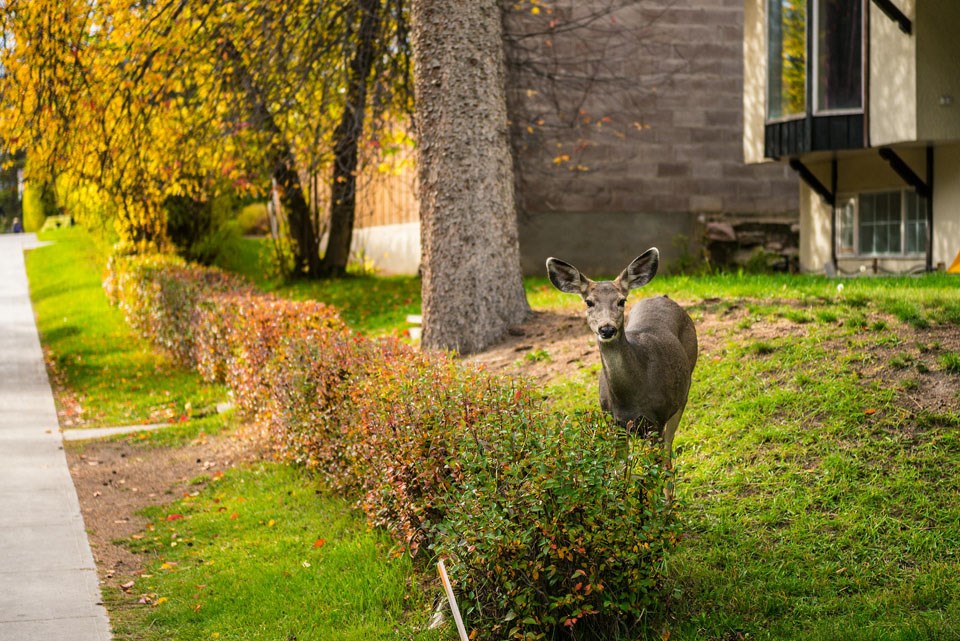REGINA — The Royal Saskatchewan Museum (RSM) is monitoring urban wildlife in and around Regina to study how wildlife responds to urbanization and which parts of the city provide important wildlife habitat.
Twenty-eight biodiversity monitoring stations have been set up over the last three years. They include motion-triggered trail cameras to monitor large mammals and automated microphones to record bird songs and bat calls. The monitoring stations are evenly distributed at locations in the middle of the city, on the edges and in more natural areas well outside the city boundaries. They are active for one-month periods in the spring, summer, fall and winter.
Some of the hot spots for wildlife activity include the Habitat Conservation Area in Wascana Park, AE Wilson Park and the old Craig Golf Course.
"Urban centres like Regina can provide valuable habitat for the conservation and management of wildlife," RSM Curator of Vertebrate Zoology Dr. Ryan Fisher said. "This research helps us understand how different levels of urban development influence wildlife. So far, we detected 143 different bird species and 15 mammal species."
Not surprisingly, American robins and the Canada goose were the most common birds they recorded. While the white-tailed jackrabbit and Richardson's ground squirrel were the most common mammals observed on their cameras.
"Initial observations indicate no real impact from urbanization on the number of mammal species that we are seeing," Dr. Fisher said. "This is likely because a lot of the mammals we observed around Regina are fairly well-adapted. Even in very urban areas such as the Regina Cemetery on 4th Avenue, we observed both deer and red fox."
The rarest sighting for a mammal was an American mink. Although they are well-known residents of the city, they are rarely seen. They also detected a couple of moose in Wascana Park, near the Wascana Country Club and SaskPolytech.
Suburban sites had the highest diversity of birds, likely because of the mix of habitats available. However, certain species were found most often outside the city, such as wetland and grassland birds.
Some notable audio recordings of birds include the yellow rail (a species of special concern), that was recorded near Wascana Country Club and a black-billed cuckoo, recorded near the Science Centre, which is an extremely rare sighting in Regina.
"Regina supports a diverse wildlife community, especially in areas around Wascana Lake and Wascana Creek, but also in the various treed neighbourhoods, parks, and green spaces in the city," Dr. Fisher said. "We will continue monitoring these same sites every few years to understand how wildlife is changing as Regina grows and expands."
Dr. Fisher reminds residents that if they do see the research equipment, to not disturb it.
The Regina Urban Wildlife Project began in fall 2021 and is being done in conjunction with the University of Regina.
To learn more about the Royal Saskatchewan Museum's exhibits, events, programming and world class research, visit: .




